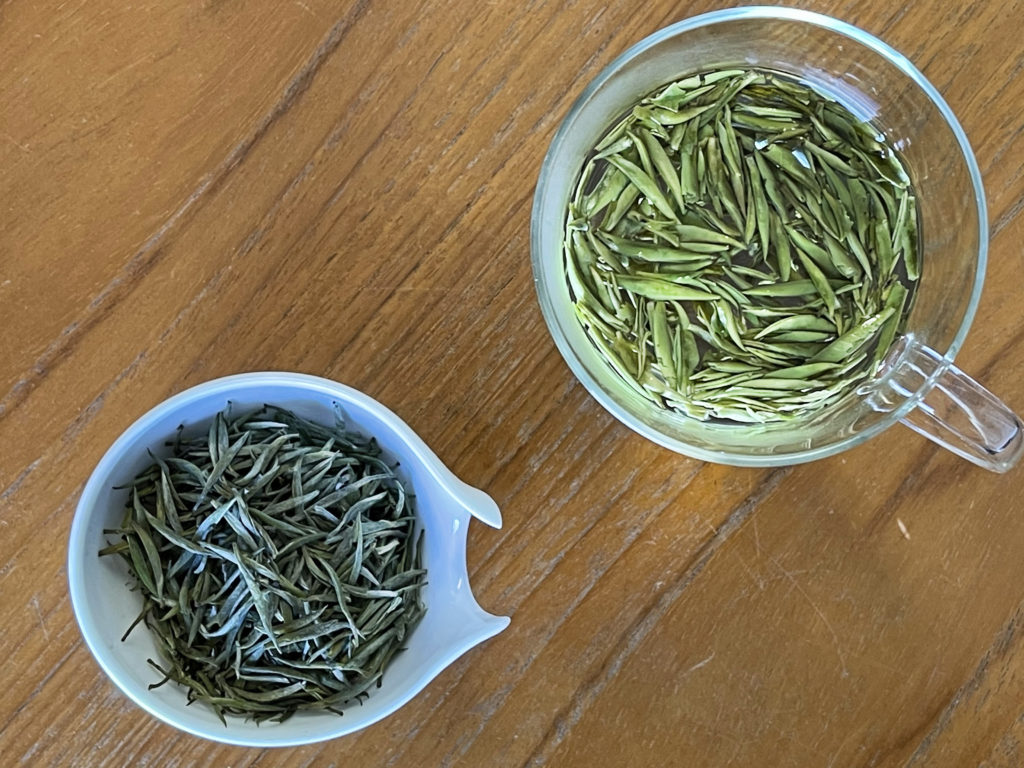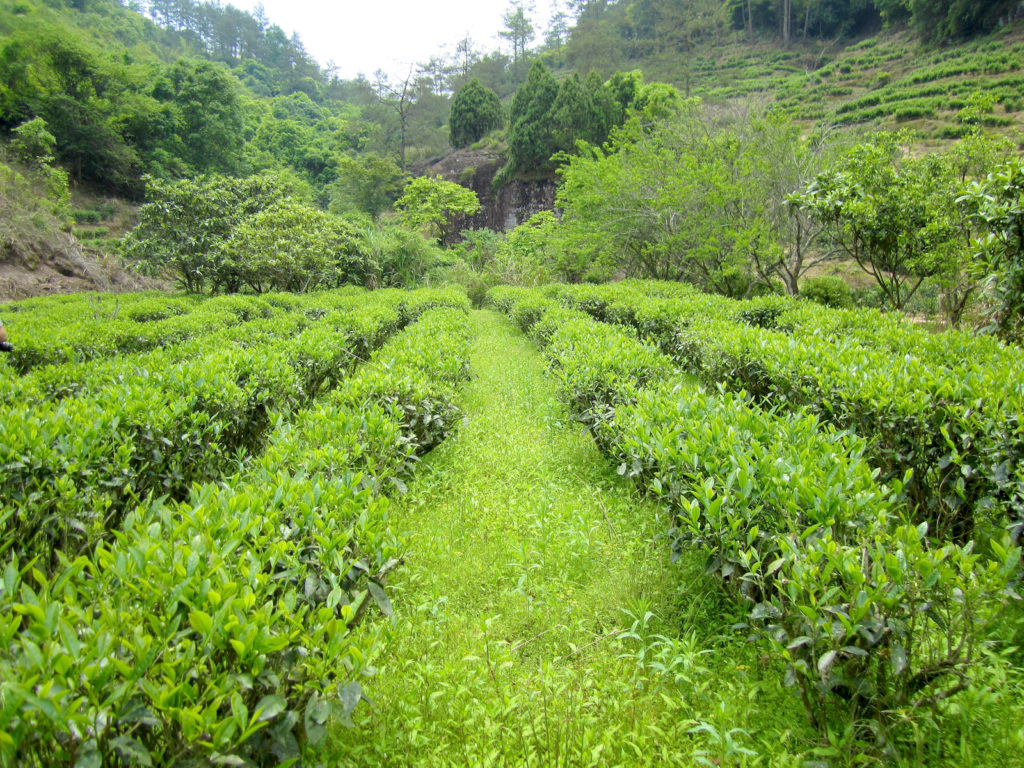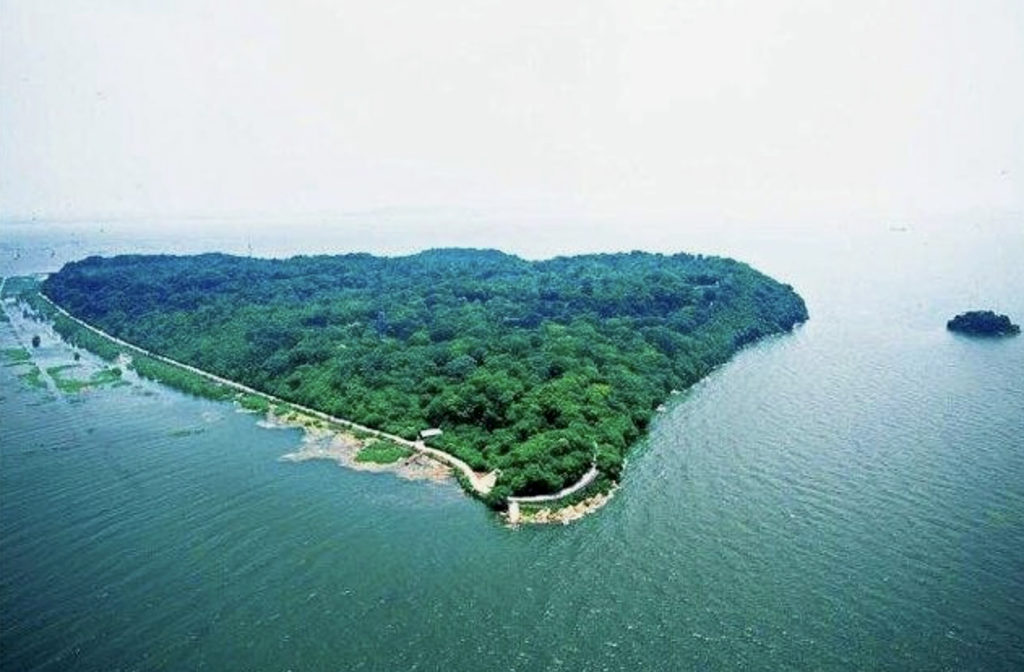Newsletter Archive Apr. 23, 2021

In China’s agricultural calendar, we’ve just entered “the grain rains.” The start of this period marks the end to the early-spring tea harvests for all but the coldest origins. For all of us, that means the earliest 2021 teas are here and just in time to see the cactus flowers bloom in Tucson. Along with these teas comes the most expensive selection in our catalog — the elusive Junshan Yinzhen.
The real Junshan Yinzhen is as rare as a good night’s sleep.
But what do we mean by real?
For us, “real” means the tea’s actually grown on the place it’s named after, Junshan Island; the tea is made as a yellow tea according to the local techniques; and it’s made from the local seed-grown plants growing there, plants with the distinct flavor and aroma chemistry that this style was developed from. These qualities weave together into a cup of tea with sweet aromas like sugar cane, young corn, malt and spring flowers — rare aromas that set Junshan Yinzhen apart from just about anything else.

Of course, the same things that make up the authentic Junshan Yinzhen have natural limits. The real thing is always going to be rare. Unfortunately, rarity and demand make a market for less-than-genuine examples.

To cut corners, leaves from off the island, maybe even elsewhere in the province, are substituted. Instead of the rare seed-grown heirloom quntizhong plants, cheaper leaf from high-yield clonal plants is swapped in. The time consuming yellow tea making techniques are dropped in favor of a more simple green tea or white tea processing. If a tea labeled Junshan Yinzhen looks really big and puffy like Baihao Yinzhen, it’s probably not Junshan Yinzhen.
Naturally, the best way to spot a fake is to know the real thing. And fortunately, the real thing is distinctive. Once you’ve tasted it, it stands out like a Chinese teahouse in the Sonoran desert.
If you haven’t had this truly unique tea before, we invite you to find out what it’s like in its fresh spring glory. As always, the best way to learn about tea is to drink it.
Do you miss talking tea with our tea house crew? Join Wren and Santos for a (virtual) cup on YouTube for a new video every week. Today, Santos is making our fresh Junshan Yinzhen. He’ll tell you about its island origins and the legends surrounding the most prestigious yellow tea in China.
